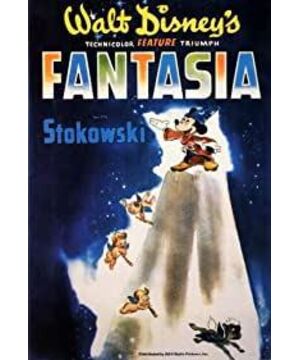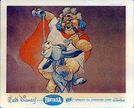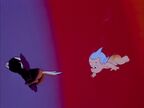It is hard to imagine that in 1940, people shot such quality works. As an art worker, I borrowed a line from "Rogue": "If a gardener cuts it down, then the sword of the Yanagyu family is too big for me." Fortunately, we did a little bit in the early animation. Not inferior works. Let me balance it out. Today, we have only seen works like "Five Elements in the Fog Mountain". In fact, we are never bad, both in technology and imagination. But why there is so much difference after the middle paragraph is really worth reflecting on.
When I was in junior high school, many teenagers who loved to paint had a comic dream, and I was no exception, but then I took another path. Today, domestic animation has really begun to usher in its spring. Although I am no longer in the industry, I still sincerely wish that I will flourish my wings and expand my ambition as soon as possible.
View more about Fantasia reviews









